In the era of strong technological development, payment via bank transfer has become a popular method, especially in online and direct transactions. However, this convenience also entails many risks, in which the most prominent is the scam using fake transfer confirmation images or so-called "fake transfer bills". This is an increasingly sophisticated form of fraud, causing many sellers, especially small traders and online shop owners, to become victims.
Sophisticated trick: "Fake bill, no money"
The scam using fake transfer bills often follows a familiar but very effective scenario:
- Buyer pretends to transfer money: After selecting the goods, the scammer requests payment via bank transfer. They scan the QR code or enter the seller's account number, then show a picture of the "successful" transaction on the phone.
- Using fake bill creation software: The subjects use photo editing tools or websites specializing in creating fake bills such as “taobillgia.com” to create transfer confirmation images that are 90-95% similar to the real thing. Information such as recipient name, amount, transaction time, and transaction code are all elaborately faked.
- Taking advantage of the seller's subjectivity: When there are many customers or in a hurry, the seller does not check the bank account but trusts the transaction image, thereby delivering the goods to the scammer.
- Disappeared after receiving the goods: After receiving the goods, the subject quickly left the scene, blocked contact and left no trace.

This trick has caused many sellers to lose money. A grocery store owner in Ho Chi Minh City said he had just become a victim of a scam using fake transfer bills.
According to the story, a young man came to buy 3 cases of Tiger beer and asked to pay by scanning the QR code. After doing so, he showed the store owner his phone screen showing a successful transaction of 1.2 million VND. Seeing that the customer was riding an expensive motorbike and the amount matched, the seller confidently brought the beer to the customer's car.
However, when he went back to check his account, he found that the money had not yet appeared. At first, he thought it was a system delay, so he continued to wait. But the next day, even after more than a week, the amount of 1.2 million VND still did not appear in his account.
The seller shared that because he believed in the successful transaction screen, he subjectively did not check his account immediately. After the incident, he was upset and said that this is a lesson for small businesses to be vigilant, to avoid falling into similar scams.
Nhan Co Commune Police (Lam Dong Province) said that on August 9, there were many cases of fraud using fake money transfers to appropriate money. Two subjects identified as NHN (20 years old, residing in Dak Lak ) and LNQ (19 years old, residing in Vinh Long) successfully carried out 6 cases on the same day, appropriating a total of 3.1 million VND from people in Quang Tin and Nhan Co communes.
Among the victims was Ms. TML (30 years old, resident of Nhan Co commune), who went to the police to report after discovering she had been scammed. She said that while she was selling rice in village 8, two young men came in on a motorbike to buy goods and at the same time asked to withdraw an additional 700,000 VND in cash. When paying, they pretended to transfer both the money for the rice and the amount to be withdrawn, then showed the phone screen showing the transaction "transferred 780,000 VND". Trusting her, Ms. Le handed over the cash, but when she checked her account in the afternoon, the money had not arrived.
From the reported information, the police force quickly verified and clarified the actions of N and Q. At the investigation agency, both admitted to using similar tricks to defraud a total of 6 people in one day, collecting 3.1 million VND. The case is currently being handled according to regulations.
Vigilance is the key to asset protection
According to information security expert Huynh Trong Thua, fake bills are increasingly looking real thanks to modern technology and the sophistication of bad guys. Websites providing this service often use international domain names to avoid being deleted. He warned people to be careful, because curious access can lead to loss of money or data theft.
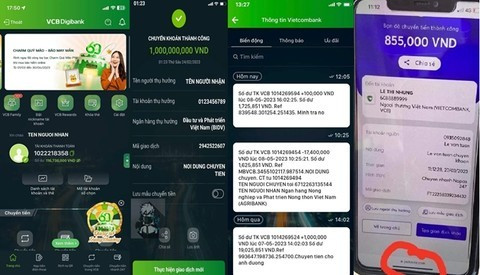
Regarding the trick of successfully forging money transfer receipts, according to the Department of Information Security - Ministry of Information and Communications , people need to pay attention to the following identifying signs:
- The scammers' trick is to buy goods in bulk, then borrow more cash from the victims and transfer the money to pay.
- The subjects suggested transferring money via Internet Banking to the seller. But in fact, there was no real money transfer, but the subjects used some software to create fake payment bills and showed them to the seller to prove that the transfer had been made. By the time the victims did not see any money in their accounts and realized they had been scammed, the subjects had already "run away".
Police recommend:
- To avoid being scammed, people who use bank account transactions need to pay close attention to the transfer receipt, and not deliver goods to anyone until they have received the money in their bank account, even if the scammer provides a photo of a successful transfer.
- Transaction participants should wait for notification that money has been received from the bank to their account instead of just trusting the photo of the successful money transfer interface.
- In addition, please note that you should not provide your login name, application password, OTP authentication code, email... to anyone, even if that person claims to be a bank employee or government agency.
- In case of discovery, please contact the local police/commune police or the nearest police agency for instructions or report the crime through the function of sending a petition to reflect on security and order on the VNeID application.
Fraud using fake transfer bills is not a new form of fraud but is increasingly popular and sophisticated. In the context of strong development of electronic transactions, sellers, especially small traders and online shop owners, need to equip themselves with knowledge and skills to check transactions and always be alert to any image of "successful transfer".
Raising awareness not only helps protect personal assets but also contributes to building a safe and transparent trading environment. Don't let subjectivity become the price to pay for a seemingly harmless scam.
Source: https://khoahocdoisong.vn/canh-giac-chieu-lua-bill-chuyen-khoan-gia-dang-hoanh-hanh-post2149046579.html




![[Photo] President Luong Cuong receives delegation of the Youth Committee of the Liberal Democratic Party of Japan](https://vstatic.vietnam.vn/vietnam/resource/IMAGE/2025/8/22/2632d7f5cf4f4a8e90ce5f5e1989194a)
![[Photo] President Luong Cuong attends special political-artistic television show "Golden Opportunity"](https://vstatic.vietnam.vn/vietnam/resource/IMAGE/2025/8/22/44ca13c28fa7476796f9aa3618ff74c4)

![[Photo] Prime Minister Pham Minh Chinh chairs the conference to review the 2024-2025 school year and deploy tasks for the 2025-2026 school year.](https://vstatic.vietnam.vn/vietnam/resource/IMAGE/2025/8/22/2ca5ed79ce6a46a1ac7706a42cefafae)

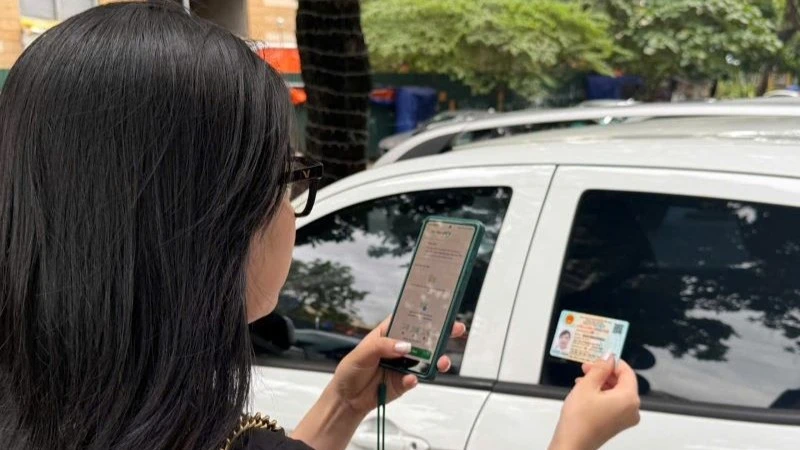
















































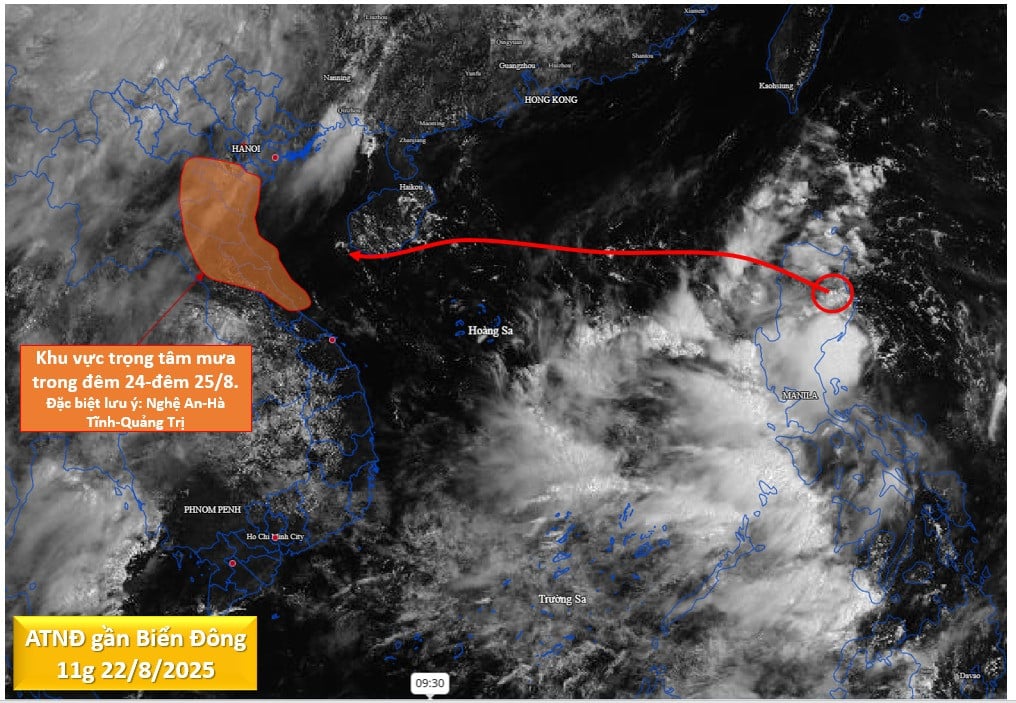












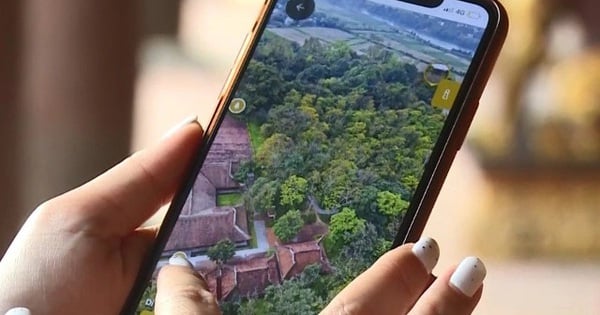


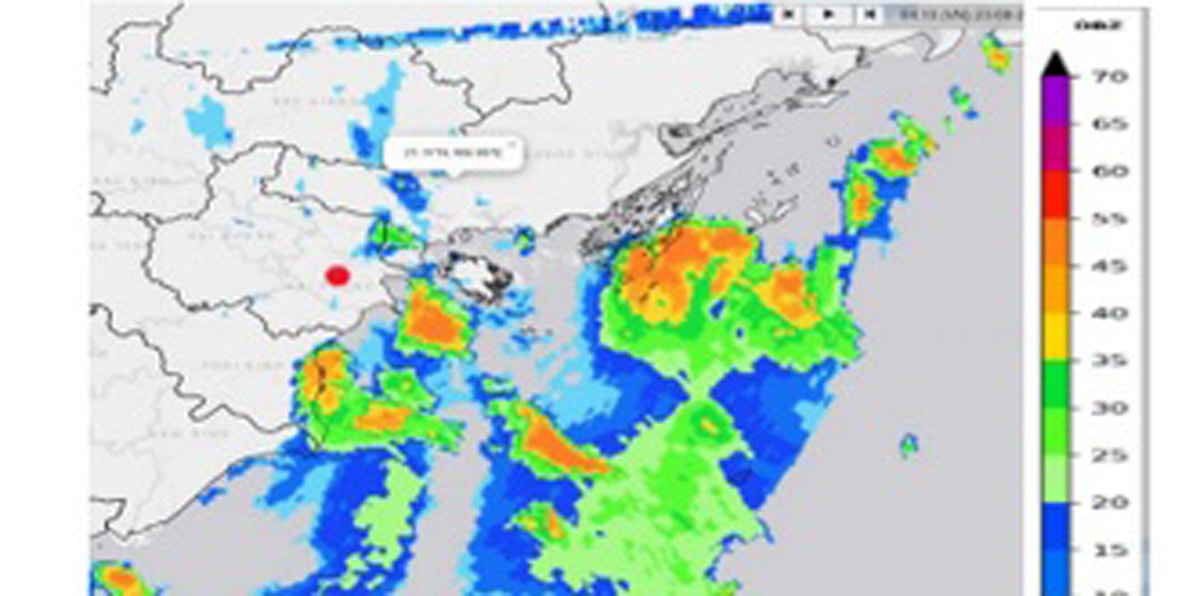




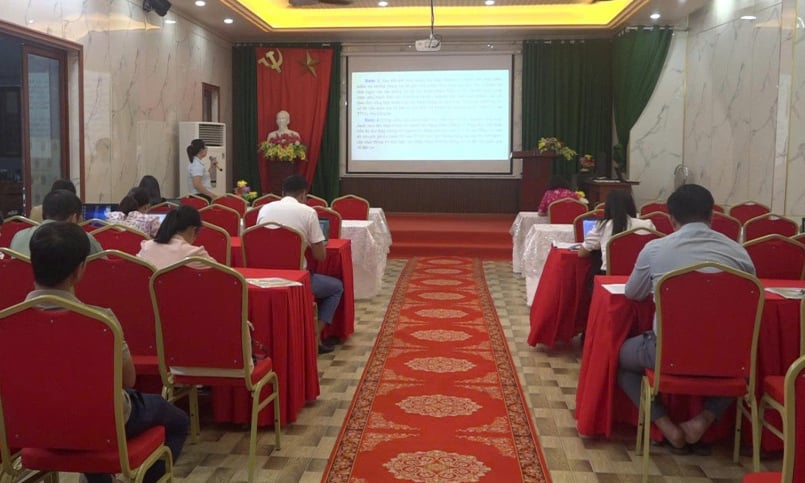

















Comment (0)